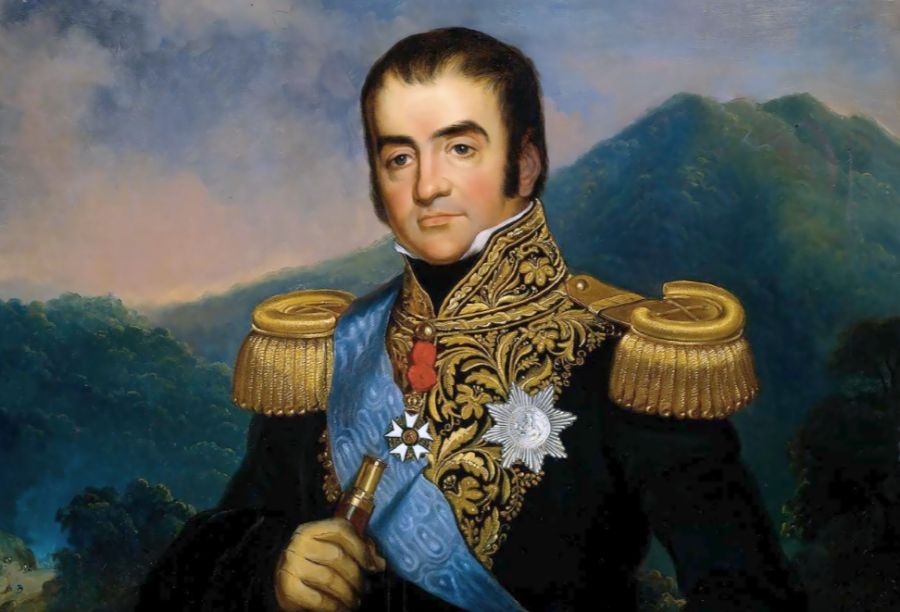Herman Willem Daendels (1762-1818) – Nederlands patriot
Herman Willem Daendels was a prominent Dutch patriot who played a pivotal role in the history of the Netherlands. He was born on October 21, 1762, in Hattem, a small town in the province of Gelderland. Daendels was the son of a lawyer, and he grew up in a well-educated family. He received his education at the Latin School in Harderwijk and later studied law at the University of Harderwijk.
Daendels began his career as a lawyer, but his passion for politics and military affairs led him to pursue a different path. In 1785, he joined the patriot movement, a group of Dutch citizens who sought to overthrow the authoritarian government of the Dutch Republic. Daendels quickly rose through the ranks of the patriot movement, and he became one of its most influential leaders.
During the French Revolution, Daendels became a fervent supporter of the ideals of liberty, equality, and fraternity. He saw in the French Revolution an opportunity to bring about similar changes in the Netherlands. In 1795, when the French army invaded the Netherlands, Daendels played a crucial role in the surrender of the Dutch army. He then became the governor of Holland, one of the most important provinces of the Netherlands.
As governor of Holland, Daendels implemented a series of progressive reforms that transformed the province. He improved the infrastructure by building new roads, canals, and bridges. He also modernized the Dutch army by introducing new training methods and weapons. Daendels was a strong advocate of education, and he founded several schools and universities in Holland.
Daendels was a controversial figure, and his reforms were not always well-received. He was criticized for his authoritarian style of governance, and some accused him of being a tyrant. However, his contributions to the modernization of the Netherlands cannot be denied. He played a key role in the establishment of the Kingdom of the Netherlands in 1815, and he served as its first minister of war.
Daendels died on May 2, 1818, in Elmina, Ghana, where he was serving as governor of the Dutch Gold Coast. He was buried in a grave overlooking the sea, a fitting tribute to a man who had devoted his life to the service of his country.
FAQs
1. What was Herman Willem Daendels’ role in the French Revolution?
Herman Willem Daendels was a fervent supporter of the ideals of liberty, equality, and fraternity during the French Revolution. He saw in the French Revolution an opportunity to bring about similar changes in the Netherlands.
2. What reforms did Herman Willem Daendels implement as governor of Holland?
As governor of Holland, Daendels implemented a series of progressive reforms that transformed the province. He improved the infrastructure by building new roads, canals, and bridges. He also modernized the Dutch army by introducing new training methods and weapons. Daendels was a strong advocate of education, and he founded several schools and universities in Holland.
3. What was Herman Willem Daendels’ contribution to the modernization of the Netherlands?
Daendels played a key role in the modernization of the Netherlands. He implemented several progressive reforms, including improving infrastructure, modernizing the Dutch army, and founding schools and universities.
4. Why was Herman Willem Daendels a controversial figure?
Daendels was a controversial figure because of his authoritarian style of governance. Some accused him of being a tyrant.
5. Where is Herman Willem Daendels buried?
Herman Willem Daendels is buried in a grave overlooking the sea in Elmina, Ghana, where he was serving as governor of the Dutch Gold Coast.
